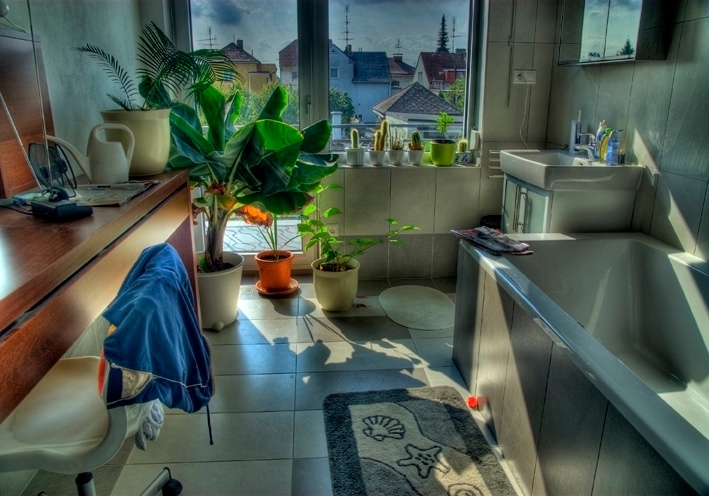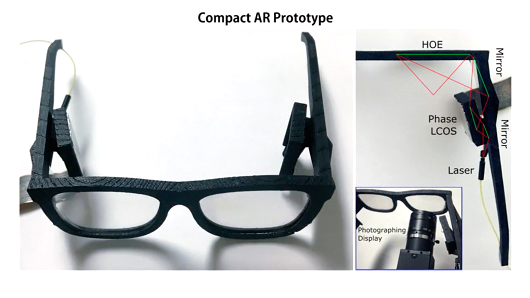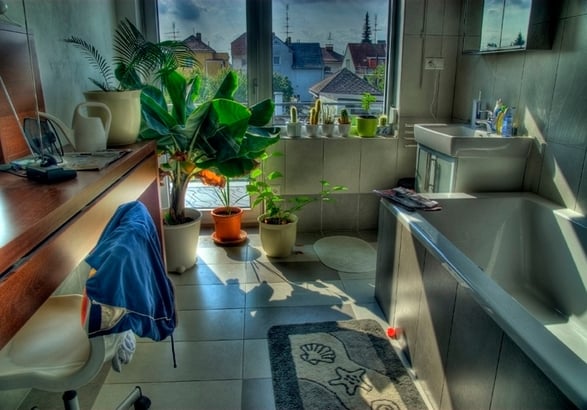What are the topmost NodeJS practices for developers?.
Node.js, a platform based on Chrome's JavaScript motor assists with growing quick, adaptable system applications. It utilizes an occasion driven,...
3 min read
Sales : Feb 16, 2018 12:00:00 AM


Augmented reality has become one of the trendiest technology. The uses cases of augmented reality extend well beyond just games or movies to education, marketing, parenting and even workplace communication. Thought leaders - Apple, Microsoft, and Google – are working hard to bring augmented reality to the masses. Even though major companies are trying to make AR mainstream, the adoption and use of this tech are circumvented with issues.
Catch the latest trends, developments and applications of augmented reality with our free eBook. Download Today!
5 Major Challenges with Augmented Reality Development and Adoption:
These issues have hindered the wide-scale adoption of augmented reality and they will take time to get resolved. In this blog we will understand major augmented reality challenges, how can we deal with them while approaching development and what are the likely solutions in future.

In case of mobile AR, we face many issues in perfecting the visuals. Sensors like accelerometer fail to filter electric interference which is common in urban areas. Cell phones cameras are made for 2D capture and are not good at rendering 3D images. Currently, GPS readings are precise only up to 6 meters but for deploying AR markers we need more accuracy.
We can improve accelerometer reading using exponential smoothing technique, improve camera performance by using 2D QR and bar-code markers and use big landmarks (like buildings in Wikitude) to overcome GPS issues till better solutions arise for these issues.
The real problem arises when we try to optimize the hardware. It is sickening to wear a heavy object on your head all the time. Even after repeated attempts, developers are struggling to fit everything in the size of normal spectacles. Hence, there are many hardware limitations which are yet to overcome. On the bright side, the new Microsoft Compact AR Prototype (image above) seems to put these concerns behind in near future.
Read More: 5 Ways AR is Changing the Face of Retail
As for software we have many interoperability issues which are yet to be answered. The current application architecture does not support the integration of functions like social media with AR browsers. On top of that, many augmented reality vendors have confirmed privacy issues persistent in their apps.
Moreover, since the tech is still in its infancy, solutions to develop scalable applications have emerged only recently. The Apple’s ARKit and Google’s ARCore seem to be very promising in this regard. Developers are facing challenges in adapting to the developer’s kit of recently launched devices. New devices are coming every day each with their own kit, 3rd party vendors are either left to risk on one platform or learn everything.
Though current AR development tools provide a useful framework for single user interfaces we are yet to build a functional multi-user experience. This limits the scope of development and we are failing to run AR on off the shelf devices which are bigger than mobiles and tablets. The recently developed Invisible Train game (initiated by Graz University of Technology) is worth mentioning in this case. Though developers faced certain issues they were able to create an appealing 4 player game.
Read More: Major data insights on the potential of AR and VR
The hype surrounding the augmented reality is so extreme that we end up expecting too much. Hence, no matter how good an AR app or game is we constantly feel that it is not good enough. Part of the reason is that unlike virtual reality, AR keeps users constantly in touch with the real world objects hence it fails to bring a truly immersive experience.
That said there is no point doubting the potential of augmented reality in keeping the users engaged. Groundbreaking products like Microsoft HoloLens have the potential to augment the real world and cut off any disturbing visuals that negatively impact user experience.
Read More: 7 Examples of using augmented reality

The whole idea of mixing virtual and real world seems kind of messy. With glasses taking control over our everyday surroundings, chances are that we will soon be surrounded by the virtual mess that will too overwhelming to bear. Think of it, computers, television, cars all gave some kind of health issue. We are a lot less active and digital unplug has become the “new trend”.
With augmented reality taking our exposure to technology to the next level the related issues will only escalate. Just like other techs, this will become an accepted part of daily life. But all of this will come at the cost of increasing digital fatigue. This will raise health concerns and the only way to address them is to make the tech exceptionally usable and worthy.
Read More: 8 AR apps that stood the test of time
Like any other emerging technology augmented reality is bound to take time to be widely accepted by the masses. Thus companies investing in it today need to keep a long-term vision as in short-term high ROI is unlikely. No doubt companies that make a good move today will get returns in future but it is too much to put on a stake for small players.
Amidst all these challenges the augmented reality we know has evolved rapidly. Many still consider the failure of Google Glasses as the ultimatum but in our view, that is just a small setback which Google itself has recovered from. Over time we will see a much wider adoption of the technology and you should definitely invest today if you want to stay relevant in the future.
Read More: Do you know how AR works?
If you are looking for a developer to give shape to your AR project then get in touch today. With over 10 years of experience in dealing with mobile technologies, we have developed deep expertise in this domain. In case you would like to know more - check out our portfolio.

Node.js, a platform based on Chrome's JavaScript motor assists with growing quick, adaptable system applications. It utilizes an occasion driven,...
What could be the ultimate goal for each business person? Increase the number of sales!!! In any case, driving traffic and offering amazing...